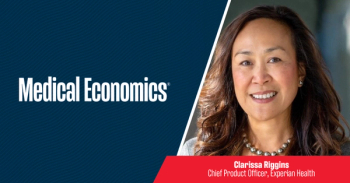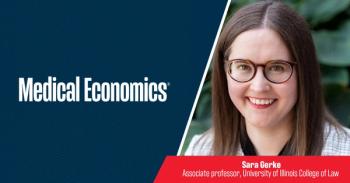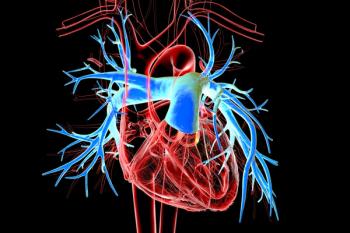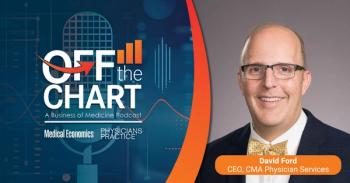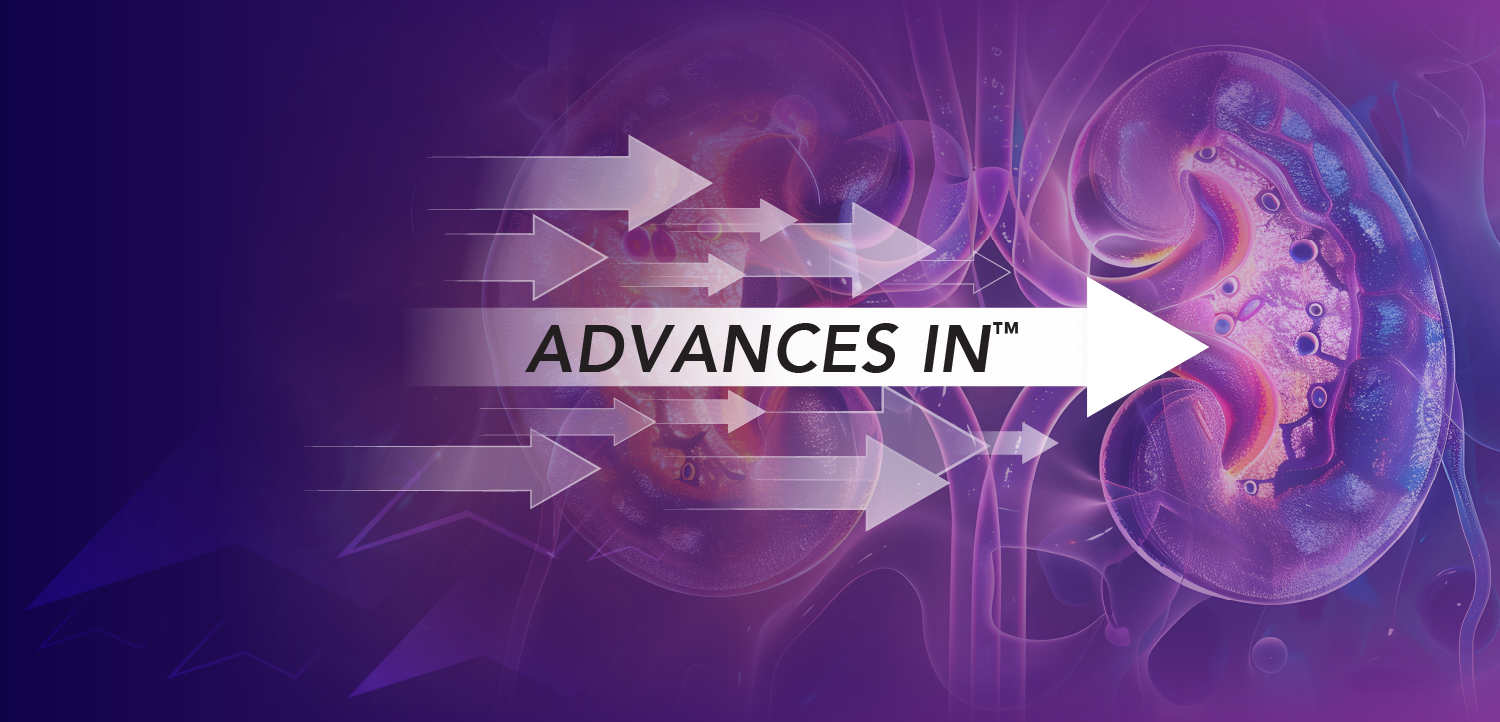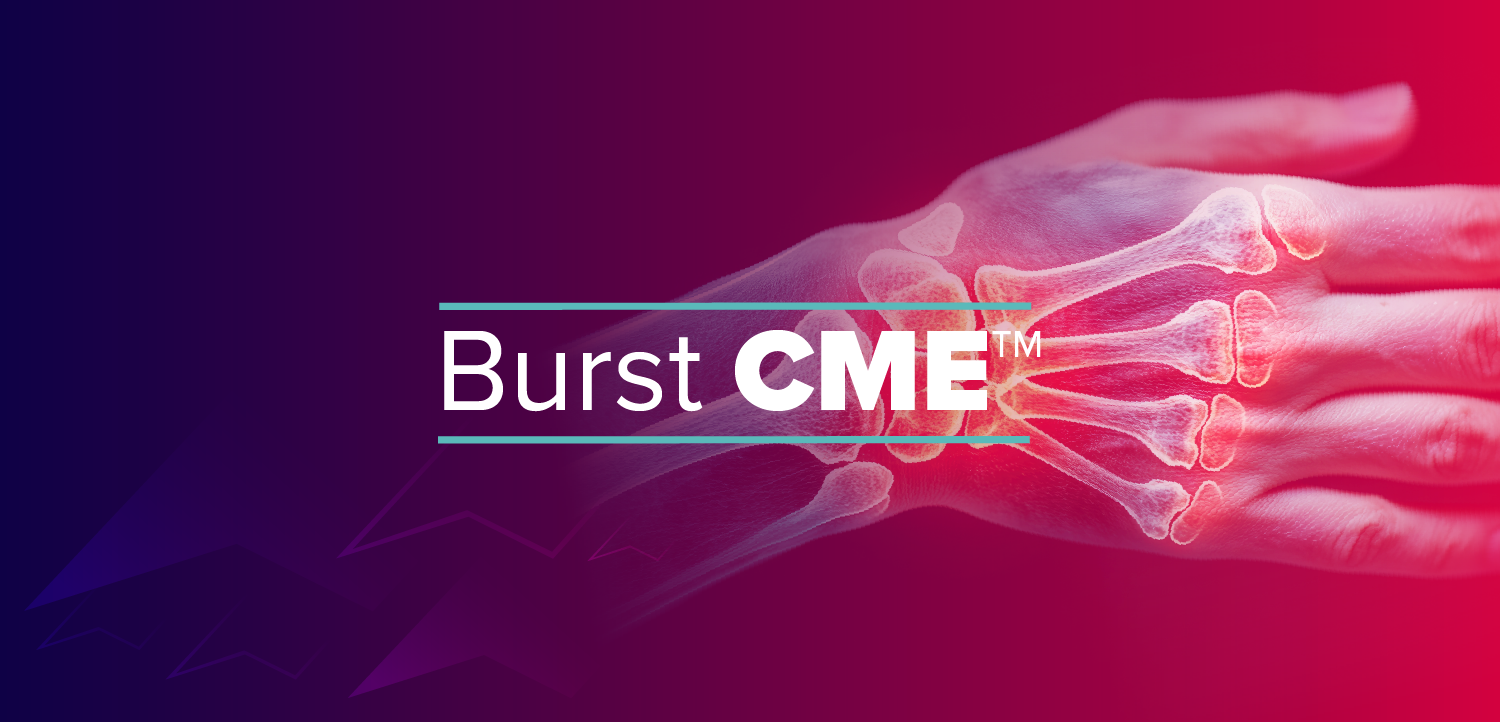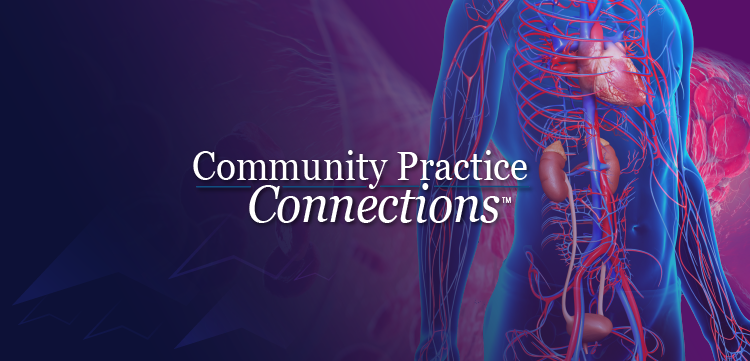
Health care spending has wide variation, with Type 2 diabetes as top condition, according to major study
Key Takeaways
- Type 2 diabetes incurs the highest healthcare costs in the U.S., with spending disparities across counties and states.
- Utilization rates, not price or service intensity, primarily drive per capita spending variations in healthcare.
Research estimates health care spending by conditions, age, types of care, down to county level.
Type 2 diabetes (T2d) ranks as the costliest ailment in the United States, according to a new study of a massive data set on health care spending across the nation.
Meanwhile,
“Tracking U.S. Health Care Spending by Health Condition and County” was published Feb. 14 in
The results showed the nation’s health care spending grew from $1.7 trillion in 2010 to $2.4 trillion in 2019. Emergency department spending accounted for $55.7 billion in 2019, compared with almost $1.3 trillion for ambulatory care that included all primary care and outpatient services.
But emergency department care had the largest annual growth rate – 6.1% a year – from 2010 to 2019.
“If people had better insurance coverage, they would be more likely to pursue regular health checkups, potentially reducing the need for emergency care,” lead author Joseph L. Dieleman, PHD, said in a news release. Dieleman is associate professor at IHME. “This change would also lead to better health outcomes and allow emergency providers to focus on patients with urgent medical needs.”
County accounting
The researchers found three counties in California were among the top 10 figures in the nation for per capita spending on ambulatory care.
- San Francisco Bay Area’s Marin County, $6,443.
- San Mateo County, also in the Bay Area, was third highest at $6,099.
- Placer County in the greater Sacramento area was 10th highest at $5,374.
Comparing those totals with some of the lowest in the nation, counties in states like Texas spent 78% less for the same type of care. But the highest figure within Texas was three times higher than the lowest, further demonstrating the disparities within state borders, according to the news release.
“The contrast in ambulatory care spending across the country highlights the urgent need to address gaps in access to primary care that take into account the extent to which people use services based on their geographic location, age, and health conditions,” Dieleman said in the news release.
More at the county level
“There was remarkable variation in spending levels across U.S. counties,” with a nearly three-fold difference from the low-spending counties to the high-spending ones, according to the study. Utilization rates, such as visits, admissions and prescriptions per beneficiary, accounted for 65% of the variation, even after adjusting for age and size of the population. Price and the intensity of services explained 24%, followed by disease prevalence (7%) and age (4%).
“Utilization per prevalent case was most associated with insurance coverage, income, and obesity, while service price and intensity were most associated with median household income,” the news release said.
Different states, different spending
The states with the lowest per capita health care spending were Idaho with $6,028, Utah with $6,147, and New Mexico with $6,368. In contrast, the states with the highest expenses were Alaska with $9,282, New York with $9,115, and Massachusetts with $9,097, the news release said.
At the state level, different factors led to differences in expenditures. Spending rates were lover for all care in Utah due to that state’s young age profile; Utah had the lowest health care spending per capita. Alaska, topping the list for per capita health care spending, had high spending rates for ambulatory, hospital inpatient, and emergency department care.
“Researchers believe these disparities in health care expenditures across states support the argument that some states have found more efficient ways to deliver care without escalating costs,” the news release said. “Whether it is through innovative care models, more effective use of technology, or superior preventive care initiatives, they emphasize that these insights could guide a national strategy to modernize health care.”
Diabetes dominates
As for medical conditions, Type 2 diabetes cost the nation an estimated $143.9 billion in 2019, topping other musculoskeletal disorders ($108.55 billion); oral disorders ($93.03 billion); ischemic heart disease ($80.66 billion); and urinary diseases ($72.19 billion).
The health condition with the fastest average annual per capita growth rate and with at least $5 billion of spending was autism spectrum disorders at 13%, the news release said. Opioid use disorders had the second fastest rate at 9%, followed by alcohol use disorders at 7% and substance use disorders other than alcohol and opioid at 6%.
Base of research
The researchers intended the study to be the most comprehensive review of American health care spending. They examined more than 40 billion insurance claims and nearly 1 billion facility records that captured 76.6% of personal health care spending.
Private insurance paid out $994.9 billion for health care in 2019, followed by traditional Medicare and Medicare Advantage ($720.99 billion) and Medicaid ($430.46 billion). Patient out-of-pocket costs were $286.92 billion that year, the study said.
The authors noted the study’s limitations — not least that there is no single data source that captures health care spending comprehensively for the nation. “Data tend to be payer- and/or type-of-care specific, and each has its own shortcomings,” the study said.
An accompanying study, “Drivers of Variation in Health Care Spending Across US Counties,” was published in
Newsletter
Stay informed and empowered with Medical Economics enewsletter, delivering expert insights, financial strategies, practice management tips and technology trends — tailored for today’s physicians.

